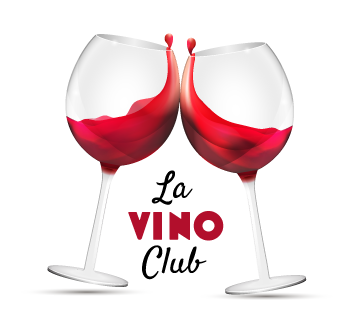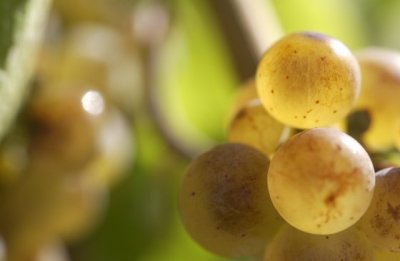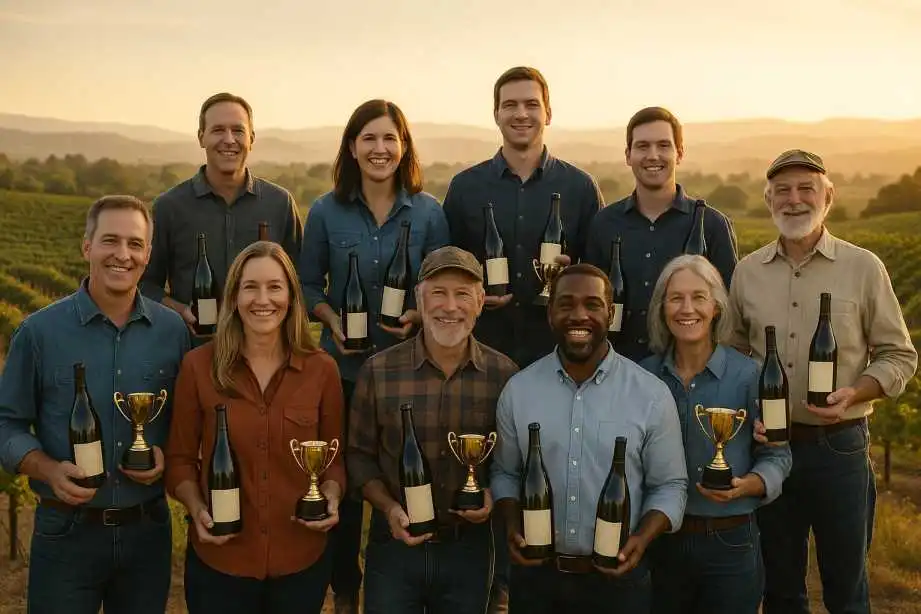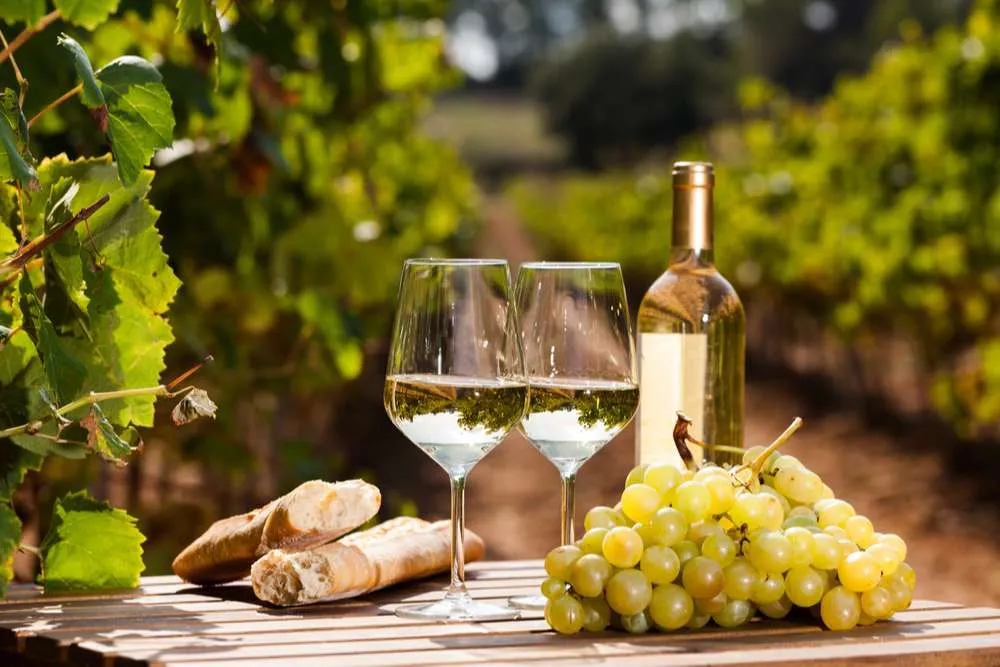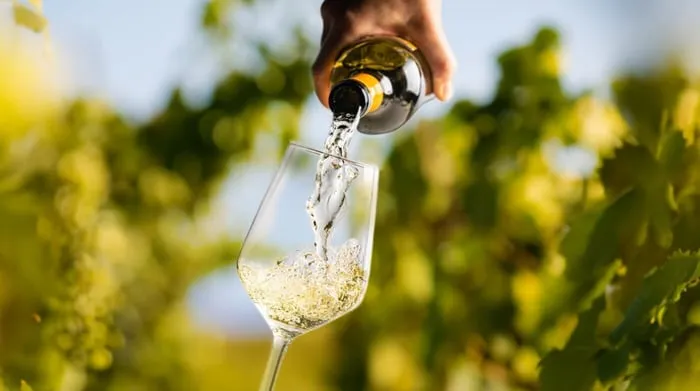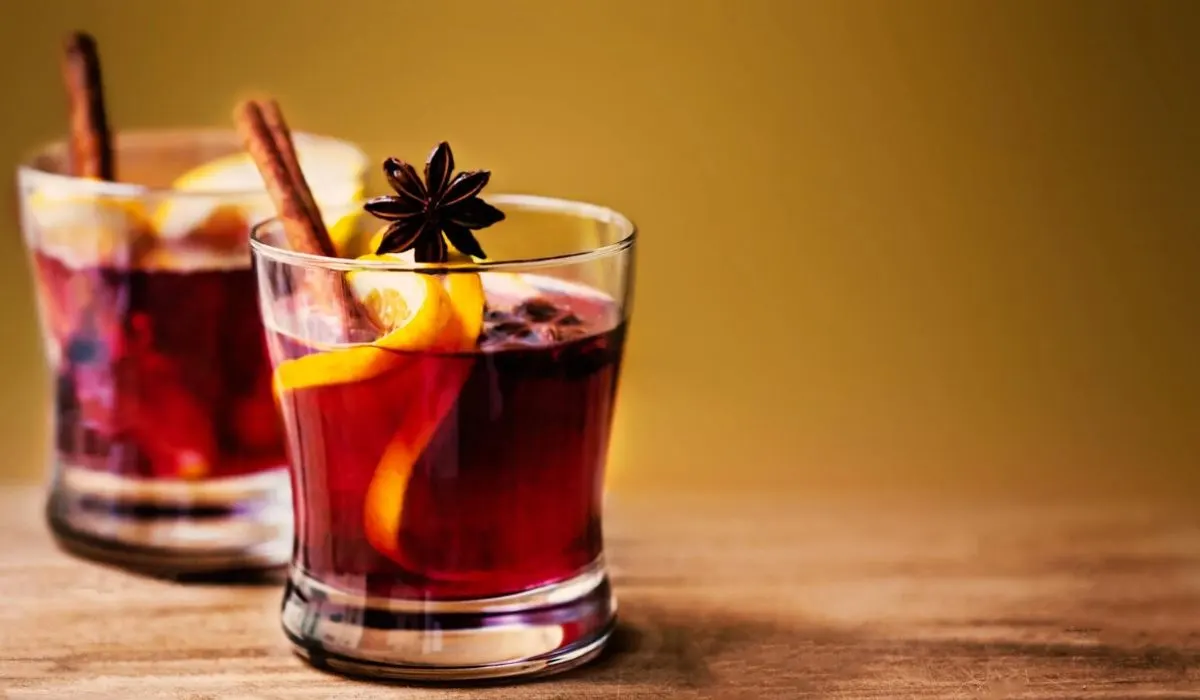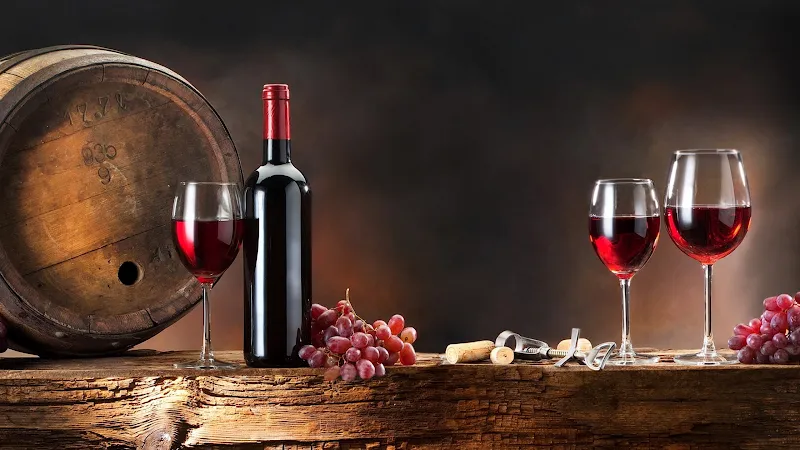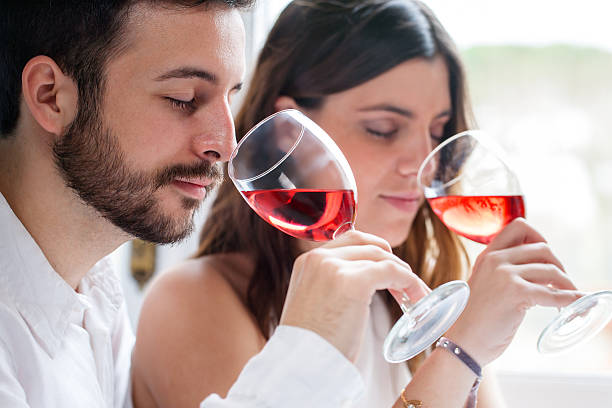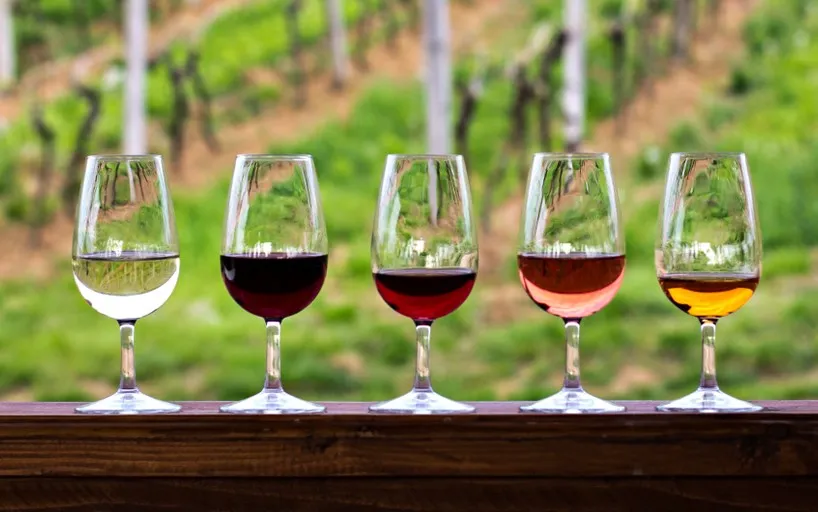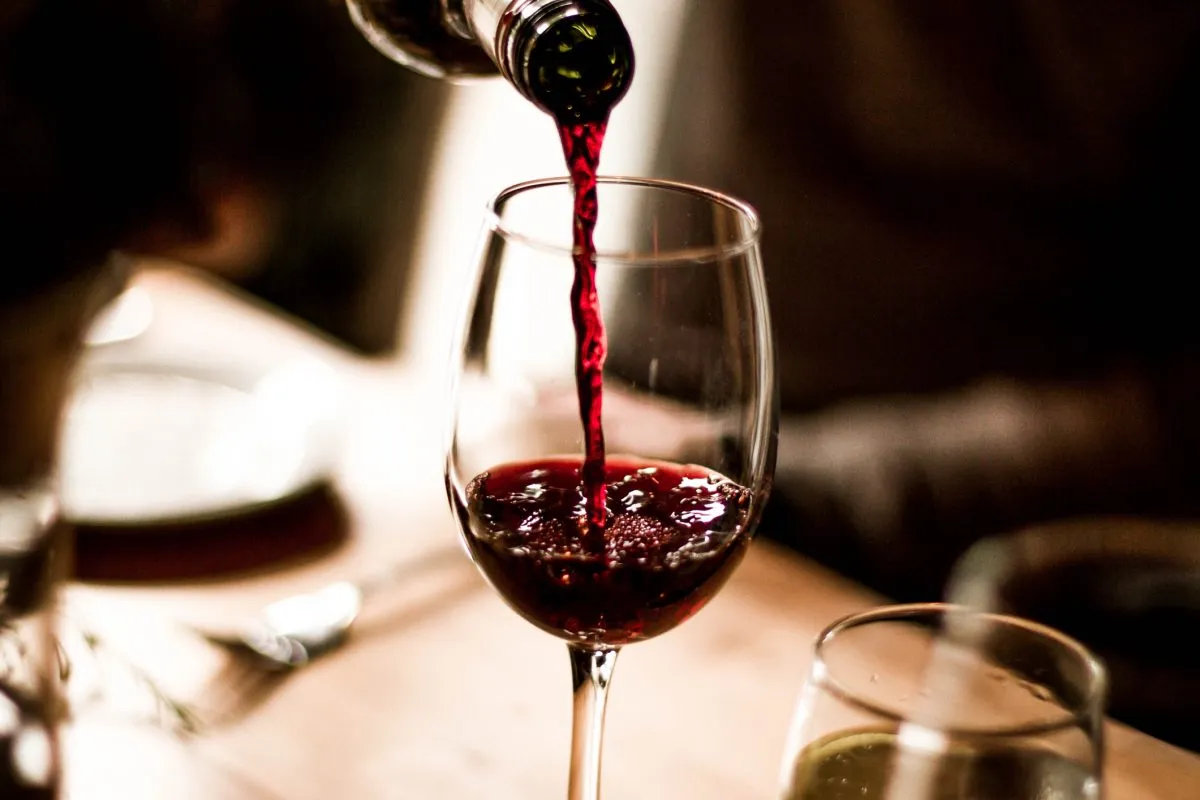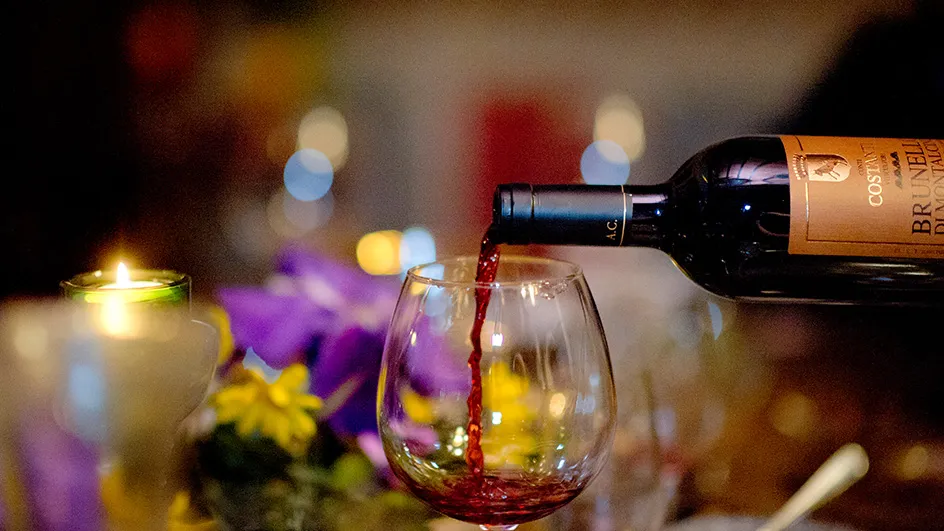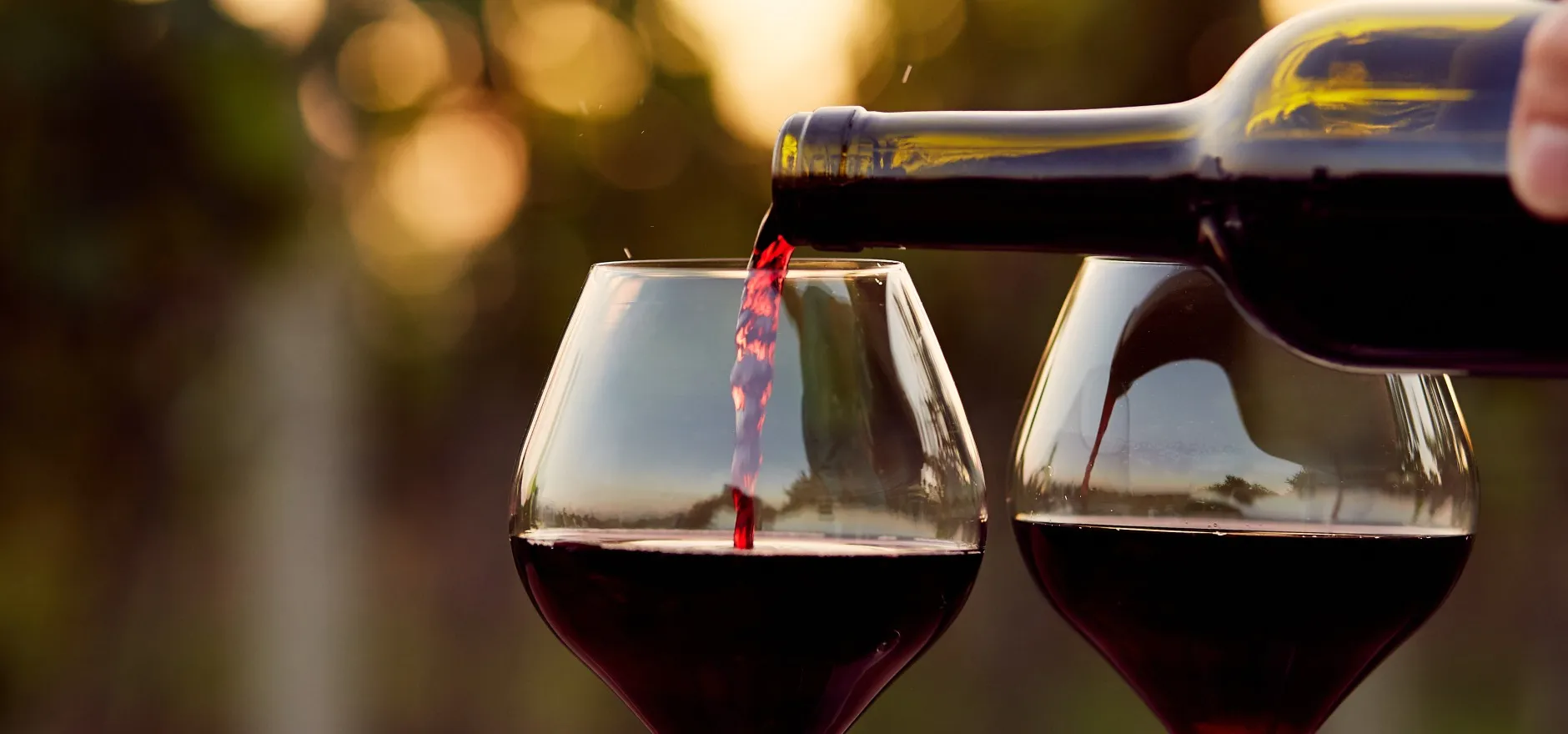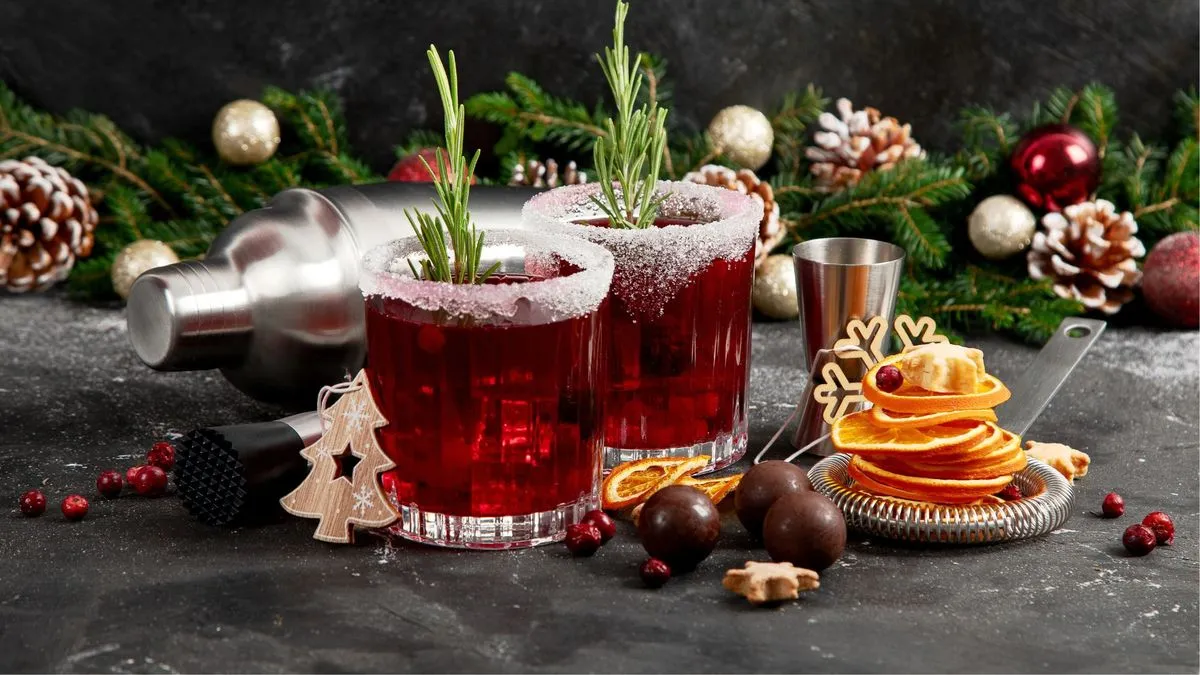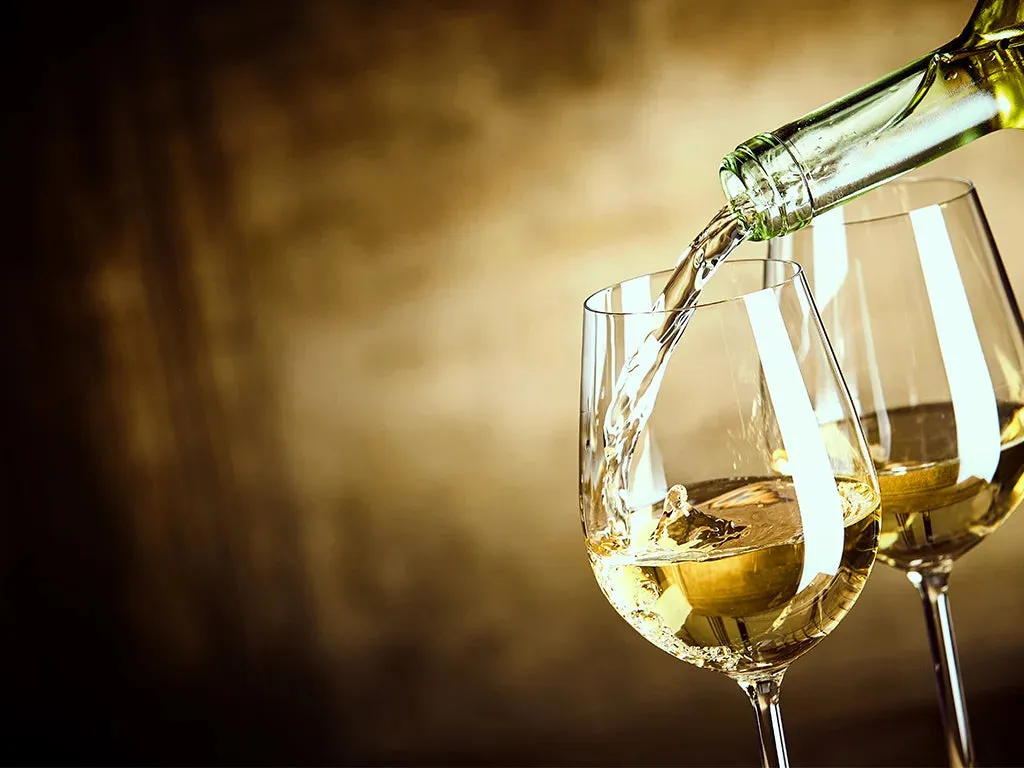Rheinhessen has numerous wineries that set great store on sustainability – and the trend is rising. This is a sign that many wine-growing companies realise that sustainability and wine tourism are not necessarily mutually exclusive. Here are two examples.
Sheep in the vineyards at Jean Buscher winery
Established in 1844, the Jean Buscher winery has been run by Jean Raphael Buscher in the sixth generation since 2015. A passion for the extraordinary has always been in the blood of the Buscher family. Nicole and Jean Raphael share this passion with the special focus on sustainability: “We care a lot about our nature. Therefore, as the sixth generation, we have chosen our own way to cultivate our vineyards as close to nature as possible with biodiversity. Living consciously, respecting the environment and giving something back to a monoculture is our highest maxim.”
Every monoculture causes an imbalance in nature. Even winegrowing is a monoculture. So it is necessary to create a healthy balance between monoculture, man and biodiversity in order to be able to practice viticulture close to nature.
This is why in 2016, the path of close-to-nature viticulture was consistently continued. The cultivation with the use of sheep was further expanded and in January 2016 the winery began to use its own Jean Buscher flock of Breton dwarf sheep. In the winegrowing sector, sheep were rather uninvited guests, as they eat everything green in their sight. But this is exactly what Nicole and Jean Raphael take advantage of. In pilot projects, they drove merino sheep through the vineyards, which not only ate the greenery between the rows, but especially under the vines. This saved both mechanical soil preparation and the use of herbicides. Since 2016, Breton quessants sheep have been in use. With their shoulder measurement of 45 cm, they are perfectly suited for the work in the vineyard.
As the two focus on biodiversity and sustainability, the abandonment of herbicides and insecticides are the logical consequences. Birdhouses, perches for birds of prey and wild beehives offer new homes to the faunal partners in the vineyard. By 2017, own bees were again roaming the vine rows.
Art and wine belong together for the Buscher Family and are an integral part of their culture. That is why guests encounter numerous sculptures and other pieces of art on the “Walk of wine” that takes guests through the vineyard, cellar and wine lounge. And maybe they also come across sheep.
Winery Menger: Rescuing the Malvasia grape
Being sustainable does not only begin with the process of growing wine. In the case of the Menger winery, it already starts with the preservation of grape varieties. For the Mengers are the only maintainers of the historic grape variety Malvasia, which is one of the oldest and most historic grape varieties and today is a great rarity. Another historical grape variety that is part of the product range is Muscat d’Eisenstadt. This variety was already considered extinct. The fact that today the Menger winery is managed by the 13th generation shows that the winery itself has a long history behind.
It was Dagmar Rückrich-Mengers grandfather who cultivated the Malvasia variety. She rescued the old clones from the vineyard of her grandfather and more than 30 years ago, she decided to have herself registered as a variety maintainer for Malvasia in Germany.
Great emphasis is placed on agrobiodiversity, therefore the two historic grape varieties are cultivated and vinified. In this case it is a matter of preserving the genetic material.
The guests of the winery are given an understanding of how sustainable, environmentally conscious hunting and the care that goes with it, promotes and preserves the animal world and the protection of nature. The Menger winery offers competent hikes, during which experts explain und show flora and fauna.
